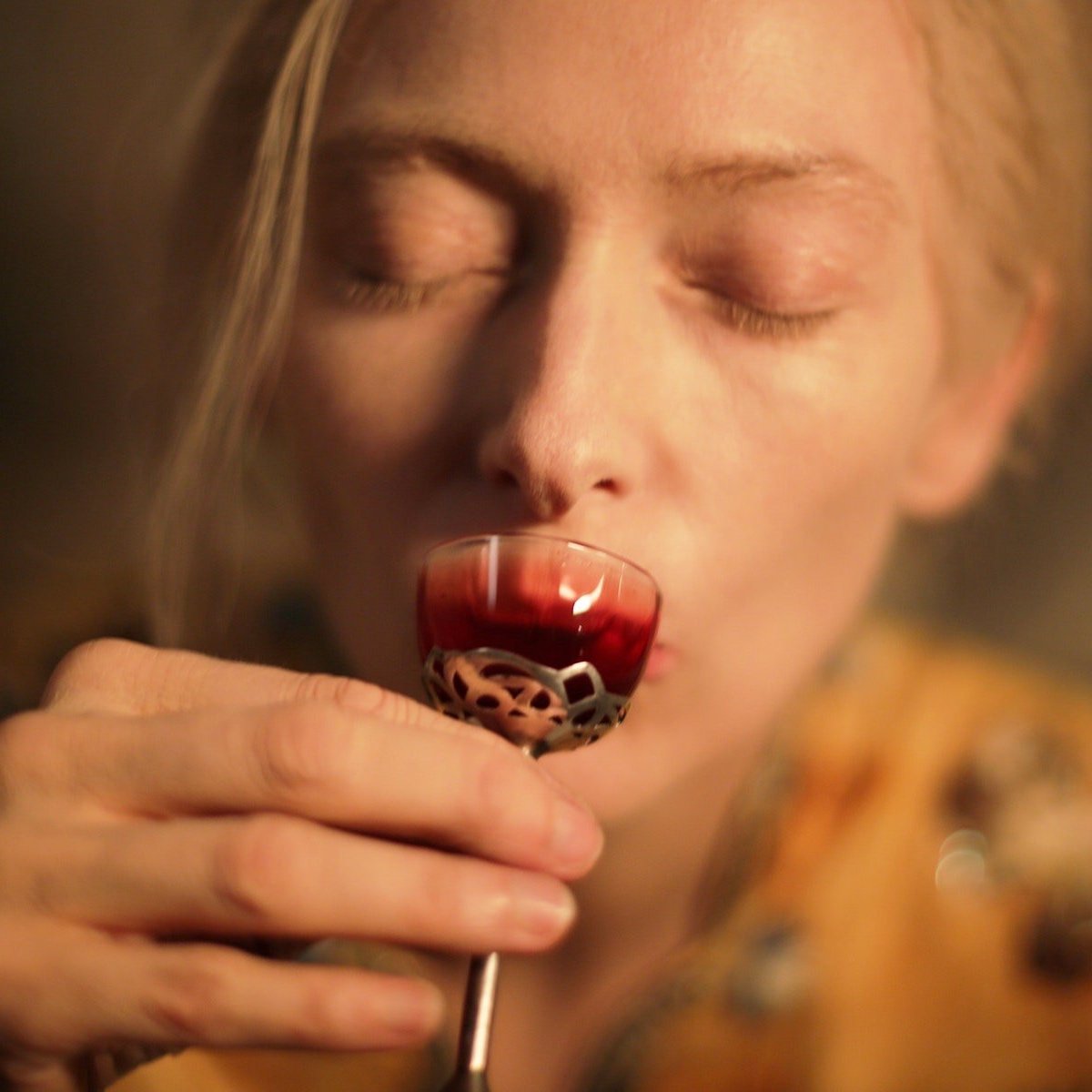A Course on Vampires: A Deeper Look into “ONLY LOVERS LEFT ALIVE”
*Contains spoilers*
The first mention of the word “vampire” in literature was from the short story The Vampyre in 1819 by author John William Polidori, which mentioned a monster who was both pallid and strange.
The story was taken from a tale told by Lord Byron himself during a contest between Mary and Percy Shelly and Polidori. After Byron lost interest in his own story, Polidori saw potential in it and decided to continue the narrative; setting off a series of events that no one could predict.
What was interesting about this contest, was that not just one fictional monster was created, but two, with the creation of Frankenstein as well. In The Vampyre, the monster disguised itself as a human, in an effort to seduce people for pleasure and drink their blood; without a single ounce of morality in his soul.
A fundamental feature of Gothic vampire classics, such as The Vampyre by Polidori, or Dracula by Bram Stoker, is that the point of view of the stories never came from that of the monster. The perspective always came from people who were subject to the torments of these bizarre monsters.
Another point of curiosity is the conception of the vampire that we have today— of an ancient being, who thinks about their solitude in a melancholic way—is very recent, coming from such works as The Vampire Chronicles by Anne Rice.
The Vampyre by John William Polidori
When Francis Ford Coppola decided to film Bram Stoker's Dracula, he created a backstory for Dracula’s character. The only mention of Dracula’s past in the original book is when Dracula answers the vampire girls who live in his castle:
“Yes, I too can love. You yourselves can tell it from the past. Is it not so? Well, now I promise you that when I am done with him you shall kiss him at your will. Now go! Go! I must awaken him, for there is work to be done.”
Bram Stoker's Dracula (1992)
Besides that, Dracula’s passion for Mina Murray, his handsome face, all these things were created using other references, besides Stoker. Another movie which introduced the idea of a vampire’s solitude is Anne Rice’s adaptation, Interview with the Vampire, from 1994.
Even after vampires became a constant feature in the psyche of pop culture—after the boom of vampire movies in the 90's—few movies decided to talk in detail about the interpersonal relationships of this subculture. However in 2013, director Jim Jarmusch released the movie Only Lovers Left Alive, one of the most interesting vampire movies ever made.
Interview with the Vampire: The Vampire Chronicles (1994)
Creating a complex narrative about vampires living in the 21th Century, the main characters are suggestively called Eve and Adam and even though their age is not clear, it is evident that they are extremely ancient creatures. Jarmusch’s narrative uses reality to make their characters real. Adam is a classic romantic poet. Friend of Lord Byron and Mary Shelley, Adam talks about his past not for the public, but for Eve, his biggest love. As a romantic, and also a gothic creature, Adam is related to actual ideas connected to gothic subculture; he is the personification of the gothic evolution through the centuries.
Only Lovers Left Alive (2013)
“How can you have lived for so long and still not get it? This self obsession is a waste of living, It could be spent surviving things, appreciating nature, nurturing kindness and friendship, and dancing.”
Only Lovers Left Alive (2013)
Eve on the other hand is a big reader. If Adam loves music, she loves books. Living in a room surrounded by books, she has her heroes. Her interest in culture is older than Adam, because she loves writers of the 16th Century. And her heroes are so important to her that she lives not with her husband, but close to her biggest hero, Christopher Marlowe, a writer from the 16th century who wrote all of Shakespeare’s plays.
The humans of the movie are called “zombies”, and this word is interesting because it shows the superiority of the vampires and how they view humanity. But why? Traditionally, vampires are creatures who see humans as their servants. They are creatures oblivious to the real world, they just observe without being noticed.
Only Lovers Left Alive (2013)
However, vampires need human blood to live, and Jarmusch adds a curious feature; human blood is not perfect anymore, and it means vampires are suffering to maintain their need for pure blood. This focus on imperfection and contamination, makes the narrative more real, it creates a struggle and conflict for the protagonists.
Jarmusch's narrative is genius because it updates the classic vampire premise, injecting it into the medium of film. Using great references from the past, such as black, red and purple colour tones, and specific musical styles, besides of course the classic idea of a love so strong that it overcomes centuries and distance, Only Lovers Left Alive is perhaps the greatest and most relevant film within the genre of vampire stories.







